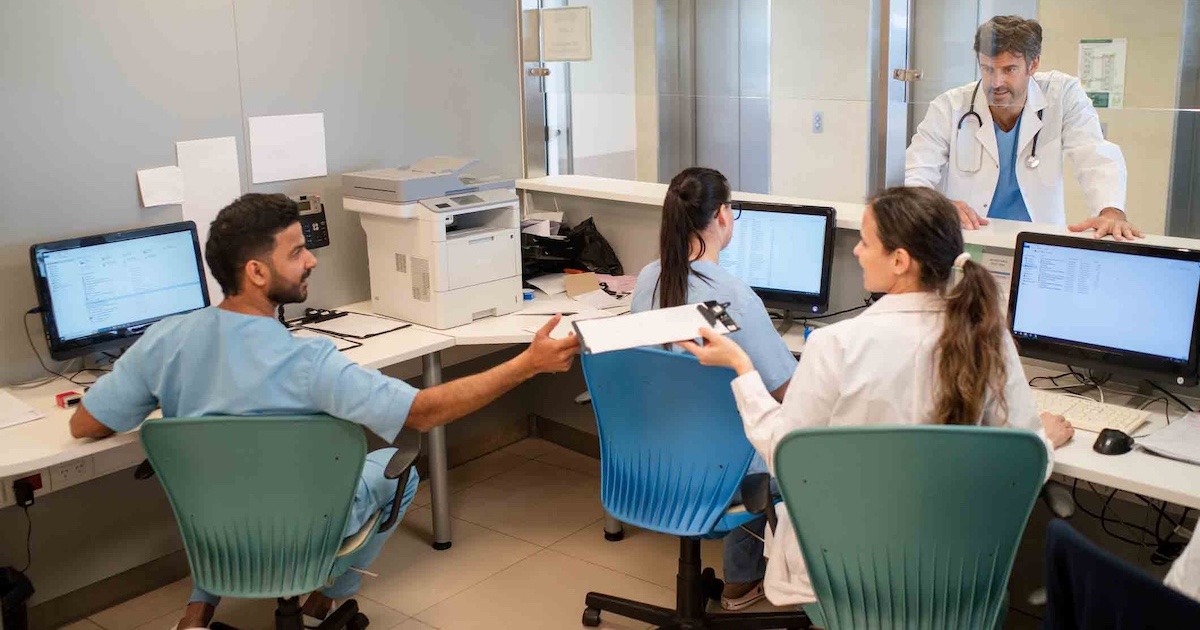From the mHealthNews archive
At the third annual mHealth Summit in Washington D.C., major players in the mobile arena noted the impact that mobile phones and other devices have and will continue to have in the United States and across the globe. Paul Jacobs, chairman and CEO of Qualcomm, the closing keynote speaker at the mHealth Summit, predicted nearly 4 billion smart phones would be sold between now and 2014.
“The mobile device in your hand gives you access to all of humanity’s collective knowledge," he said. "We’re going to see the full computer environment coming over. Over the next year, really cool stuff is coming.”
Brian Edwards, mHealth feature editor iMedicalApps, agreed. We asked him to highlight five mobile trends to look for in 2012.
1. Apps that track patient activity. Edwards said the ability to track patient data on a phone will have many benefits in the year to come. “How many phone calls they take, where they are, and ... their activity level" can be "surefire" indicators of patients' conditions, he said. “Especially with chronic conditions like diabetes; when there’s a flare-up, it’s integral to know when … it’s like a check-engine light for the body.” On his blog, Edwards explained how apps of this nature can be beneficial for other patient subsets, like autistic children. For example, body sensor technology has been developed to detect and record signs of stress in children, “by measuring slight electrical changes in the skin,” Edwards wrote. “Since autistic children have a difficult time expressing or even understanding their emotions, teachers and caregivers can have a difficult time anticipating and preventing meltdowns.”
2. Binary network apps. Binary network apps, or apps that track peripheral devices, will possibly be the biggest trend in 2012, said Edwards. “I think that’s going to be something that’ll be the first big business in mobile health,” he said. “Wearable censors, or apps that fit into the diagnostic process in an ambulatory setting. It’s the ability to take the iPhone and a patient with a T-shirt with a built-in censor and keep track of their vitals all day.” This enables techs and caregivers to “see triggers,” said Edwards, while the app sends an alarm depending on a predetermined threshold for the patient. “It’s powerful,” he added.
3. Health-focused games. “Everyone’s trying to game-ify everything,” said Edwards. He referenced Games for Health, which uses games and gaming technology to improve health and healthcare. Organizations such as the University of Southern California have also studied turning simple games into “stealth health,” said Edwards – and had success doing so. “People love to play games – it’s something across all ages and it’s more enjoyable. If the questions are in the form of a funny little game, and you don’t even realize you’re answering the questions you’re answering, it’s going to be easier to answer the question and comply."
4. Apps that diagnose and treat patients. On his blog, Edwards mentioned a number of start-ups making progress in developing innovative body area network (BAN) technologies. For example, a device aimed at more efficient EEG data collection uses a miniature electronics box attached to a light, head harness, and electrodes to monitor a patient while he/she sleeps. "The device has HIPAA compliant security for easy transfer of data via the Internet,” he added. A similar tool, designed for the diagnosing and monitoring of epileptic patients, allows for continuous brain wave monitoring. “The patient app guides the user through the application of the body worn sensors, which can currently include up to 16-channels of EEG data. Once the patient has applied the body worn sensors, they simply pair the sensors and peripheral device via Bluetooth with the app and go about their day while the data is continuously captured and sent to remote server,” Edwards wrote.
5. Apps that empower patients. Tools that help consumers make health-related decisions will be popular in the upcoming years. On his blog, Edwards documented apps that take publicly available information from government and non-profit grounds and divide it into categories, such as healthcare facilities, medical suppliers and prescription drugs. “Using the phone’s geo-location, an individual can enter his or her ZIP code and find provider facilities in their area,” he wrote. “By utilizing the Center for Medicare and Medicaid’s Hospital Compared database, users can review ratings for all facilities, details on quality of care and patient services, as well as what coverage is provided for Medicare and Medicaid recipients.”
Follow Michelle McNickle on Twitter, @Michelle_writes


